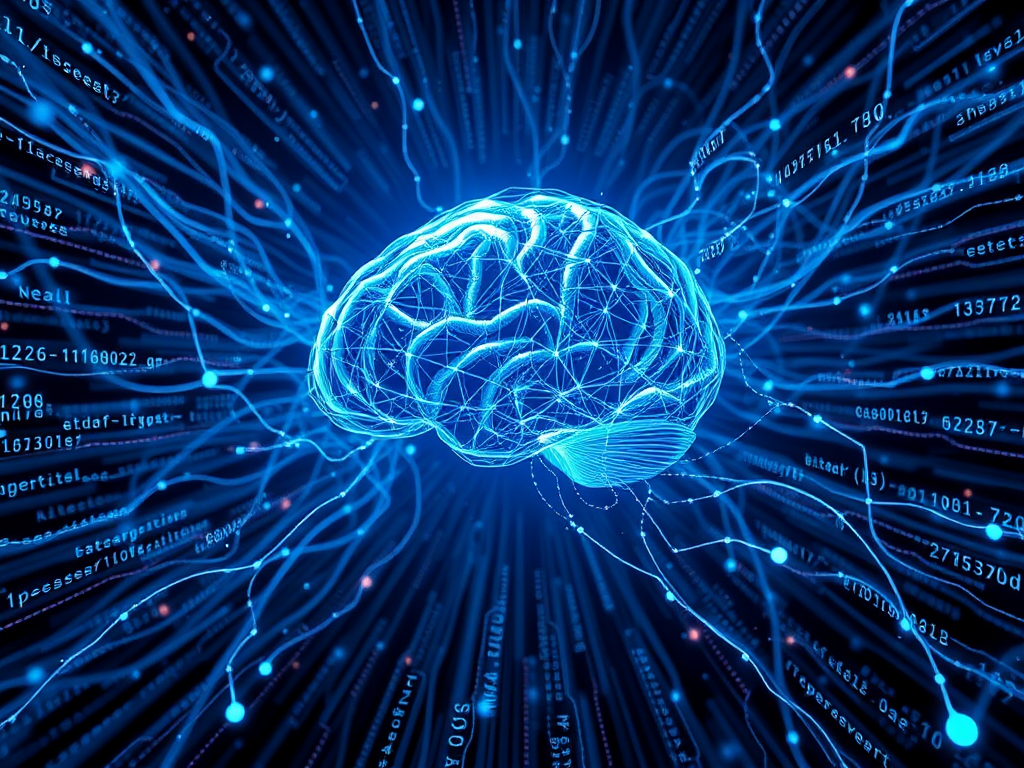Hello everyone, today we're going to discuss data processing issues in deep learning model training. I believe many of you have encountered similar confusions in practice, such as how to organize input data, how to calculate loss functions in some special cases, etc. These seemingly small problems, if not handled properly, may affect the training effectiveness of the model. So, let me answer these questions for you one by one!
Data Format Standardization
Let's first look at the format issue of input data. In neural networks, we usually organize input data X with samples as rows and features as columns. You might ask, why do we do this?
This is because most deep learning frameworks default to this format when performing matrix operations. Using samples as rows can take good advantage of matrix multiplication, thereby improving computational efficiency. Imagine if we use features as rows, we would need to loop through each sample during forward propagation, which would be much less efficient.
Therefore, it is recommended that you organize your input data in the "samples as rows, features as columns" format when preparing it. This not only helps to speed up training but also facilitates subsequent data processing and model deployment.
Tricks for Loss Functions
Next, let's talk about the calculation of loss functions. I recently encountered some confusion about KL divergence calculation while learning the VAE model.
KL divergence is often used to measure the difference between two probability distributions and is frequently needed in generative models like VAE. However, if there are zero values in the two distributions, directly applying the formula will lead to calculation errors. For example, log(0) is mathematically undefined.
For such situations, we can use a small trick: add a very small value, such as 1e-7, to the distribution. This way, there won't be any zero values, thus avoiding calculation errors.
Taking PyTorch as an example, the correct way to calculate KL divergence is:
import torch.nn.functional as F
p = ... # distribution p
q = ... # distribution q
p = p + 1e-7 # add a very small value
q = q + 1e-7
p_log = torch.log(p) # calculate the logarithm of p
kl_div = F.kl_div(p_log, q) # calculate KL divergence
This small trick is very practical and can be used as a reference when dealing with some special distributions.
Model Construction and Debugging
Finally, let's look at an issue about model construction and debugging. When doing text summarization tasks, many people use the powerful sequence model, Transformer.
However, to apply Transformer to specific tasks, some customized modifications are needed. For example, we need to customize the structure of the encoder and decoder, adjust the attention mechanism, etc. This requires us to have a sufficient understanding of the model's code.
If you encounter difficulties in the implementation process, it's helpful to refer to relevant materials and open-source projects. Many experts share their implementation code, and you can learn by comparing, understanding the function of each module.
Of course, you may encounter some errors during debugging. For example, when building a classification model, you might get an error like "Only keras.Layer objects can be added to Sequential models".
In this case, we need to check the code to see if other objects have been mistakenly added to the model. If you're using a KerasLayer object from TensorFlow Hub, you need to create the model directly with tf.keras.models.Sequential() and then add that object to it.
In short, model construction and debugging require patience and attention to detail. My experience is that when encountering errors, don't panic. First, carefully check the error message, then examine the code logic, and you will eventually find the problem.
In Conclusion
Alright, that's all for today's sharing. Through the above examples, I believe you now have a deeper understanding of some data processing techniques in deep learning model training.
Of course, this is just the tip of the iceberg. In actual work, we will encounter more tricky problems, such as how to calculate the Hessian matrix, how to accelerate model convergence, etc. However, as long as we maintain curiosity, diligently think and practice, we can continuously improve our skills and overcome one challenge after another!
By the way, if you have any other questions, feel free to ask me anytime. Let's learn and progress together! See you next time!







